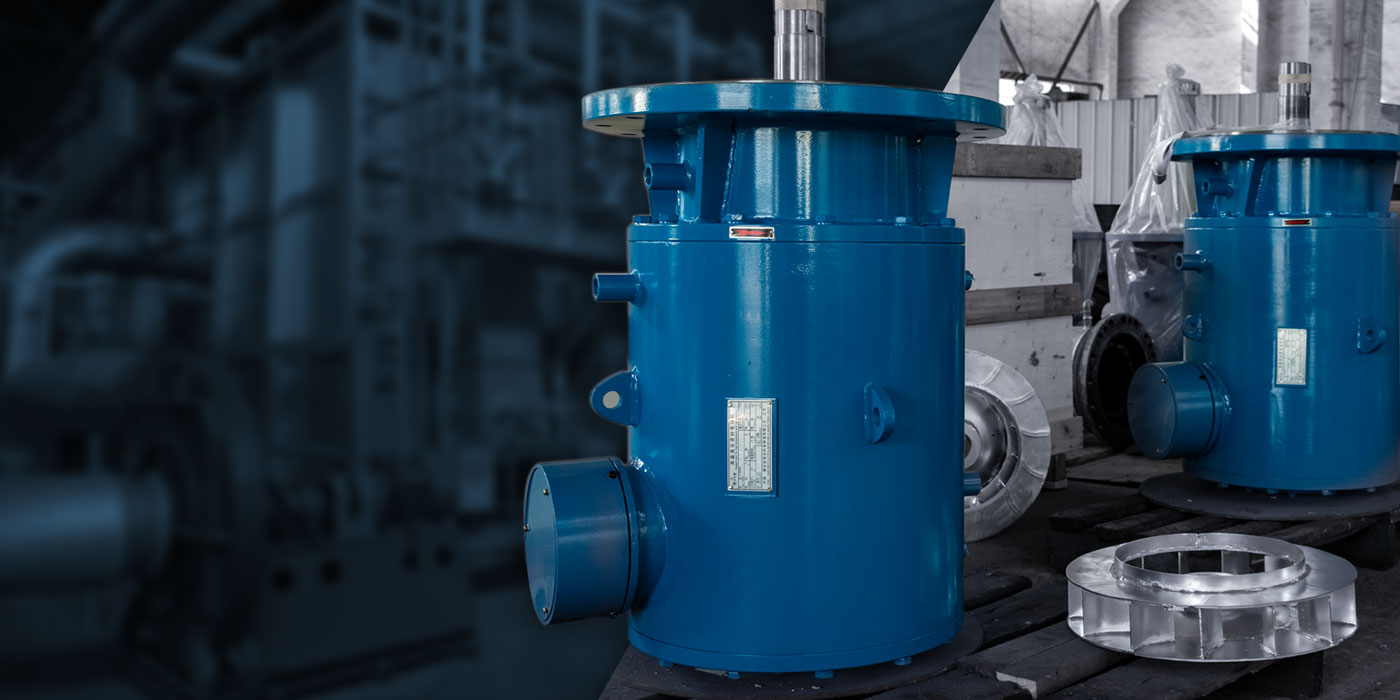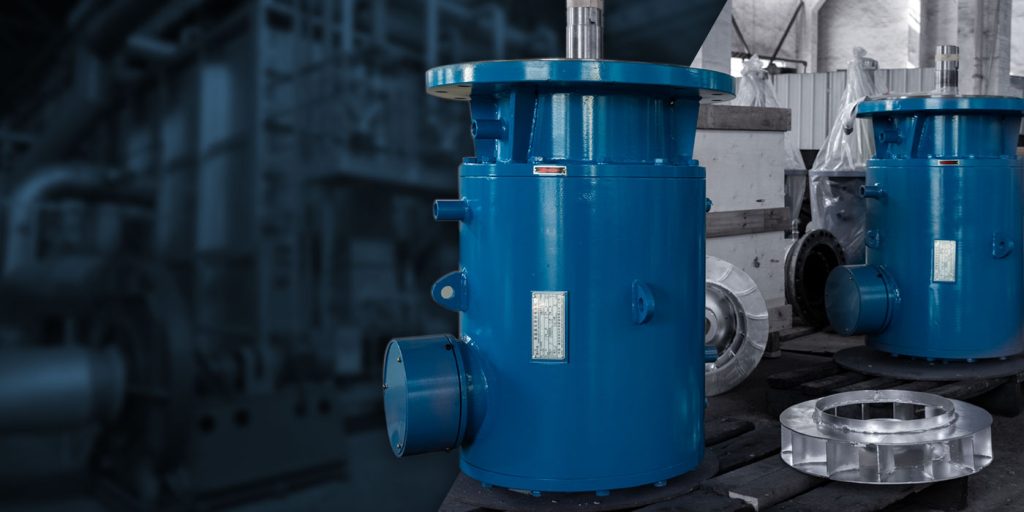Water jacket cooled motors and air-cooled motors are two popular cooling solutions used in various industrial applications. This article aims to compare these two cooling methods in terms of efficiency and performance. By understanding the advantages and limitations of each type, readers can make informed decisions when selecting the most suitable motor for their specific requirements.
Water Jacket Cooled Motors
- Working Principle: Water jacket cooled motors utilize a water circulation system to dissipate heat generated during operation. The motor is encased in a water jacket, and the cooling water absorbs the heat, which is then dissipated externally through a cooling system.
- Efficiency Analysis: Water jacket cooled motors offer superior cooling efficiency compared to air-cooled motors. The higher thermal conductivity of water enables better heat transfer, resulting in lower operating temperatures and reduced risks of overheating. This improved efficiency contributes to longer motor lifespan and enhanced performance.
Benefits
- Effective heat dissipation: Water jacket cooling systems efficiently remove heat from the motor, ensuring optimal operating temperatures and minimizing thermal stress on components.
- Extended motor lifespan: By maintaining lower temperatures, water jacket cooled motors experience reduced wear and tear, leading to longer operational lifespans.
- Suitable for high-power applications: Water jacket cooled motors excel in high-power applications where significant heat dissipation is required.
Air-Cooled Motors
- Working Principle: Air-cooled motors rely on natural or forced air convection to dissipate heat. The motor’s design includes cooling fins or a fan that facilitates heat transfer from the motor’s components to the surrounding air.
- Efficiency Analysis: Air-cooled motors are generally less efficient in terms of heat dissipation compared to water jacket cooled motors. The cooling capacity heavily relies on the ambient air temperature and circulation, which can vary and potentially impact the motor’s performance. In high-temperature environments, air-cooled motors may struggle to maintain optimal operating temperatures, increasing the risk of overheating.
Benefits
- Simplicity and cost-effectiveness: Air-cooled motors do not require additional water circulation systems, making them simpler and more cost-effective in terms of installation and maintenance.
- Suitable for small-scale applications: Air-cooled motors are commonly used in small-scale applications where the heat dissipation requirements are relatively lower.
Efficiency Comparison
- Cooling Capacity: Water jacket cooled motors have a higher cooling capacity compared to air-cooled motors. The direct contact between the water and motor components enables efficient heat transfer, ensuring better temperature control and improved overall efficiency.
- Temperature Control: Water jacket cooled motors offer better temperature control due to the continuous flow of cooling water. The circulating water absorbs and carries away heat, maintaining stable operating temperatures even in demanding conditions. Air-cooled motors, on the other hand, rely on ambient air conditions, which may fluctuate and affect cooling performance.
- Environmental Factors: The efficiency of air-cooled motors can be influenced by environmental factors such as ambient temperature and air circulation. In hot climates or confined spaces with limited airflow, air-cooled motors may struggle to dissipate heat effectively, leading to potential performance issues.
Conclusion
Water jacket cooled motors outperform air-cooled motors in terms of efficiency and performance. The superior heat dissipation capability of water jacket systems ensures optimal operating temperatures, longer motor lifespans, and enhanced overall efficiency. However, air-cooled motors offer simplicity and cost-effectiveness, making them suitable for smaller-scale applications with lower heat dissipation requirements. When selecting between these two cooling methods, it is crucial to consider the specific application, environmental conditions, and cooling requirements to determine the most appropriate choice.

